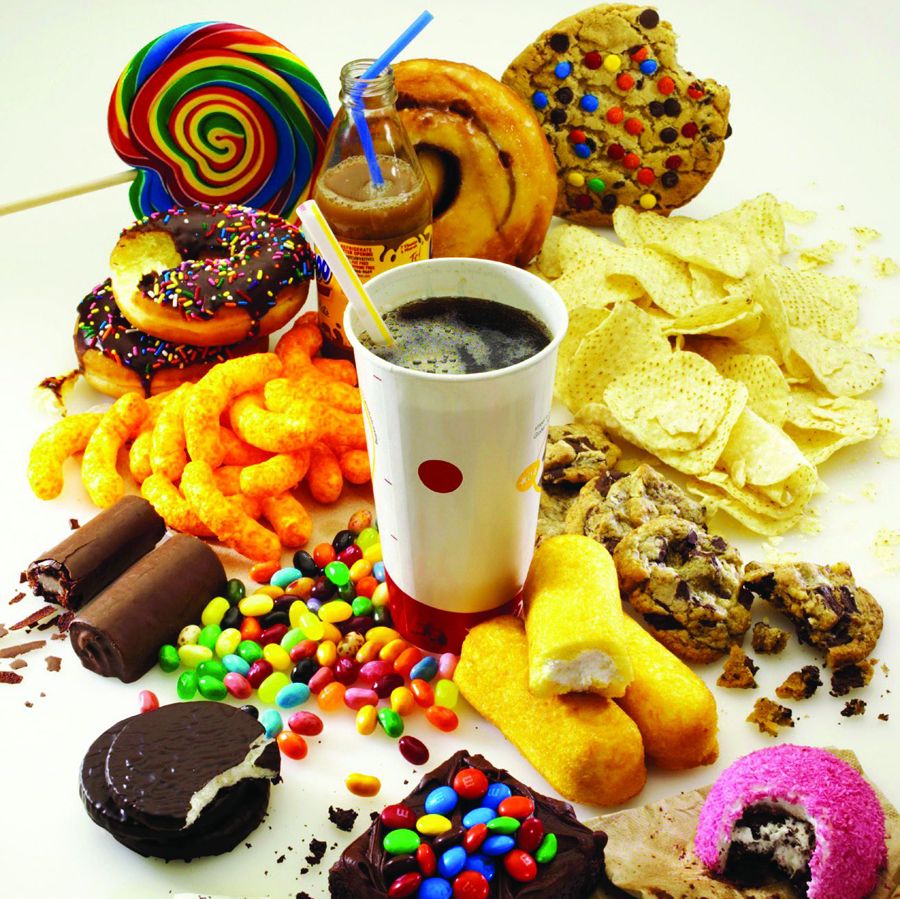The quail is a kind of rare bird that combines food, medicinal use and ornamental. The quail meat is thick and thin, and has less fat. It is a high-quality protein supplement and game treasure. The meat quail broiler is fed for 3 months and consumes material 2. 5 kg, weighing 500 grams of merchandise 鸪 鸪 鸪 鸪 listing standards, high economic returns. Now we will introduce the techniques for the rapid development of meat quail: One, intensive filial piety 1 to 5 weeks of age known as a chick. Brooding methods include incubating umbrellas, brooding and brooding, infrared lamps and brooding. No matter what method is used for brooding, the temperature of brooding is 1-3 weeks old, 31-3 weeks, and 3-5 weeks old, 29-25 minutes; the humidity is kept at 60-70% at 1 week old, and then kept at 50-60%; The rearing density is about 80 per square meter at 1 week old, about 50 per square meter at 2-3 weeks old, about 30 per square meter at 4 to 5 weeks of age, and full sunlight exposure at 1 week of light intensity (intensity per square meter 4 watts) 16 hours of light (2 watts per square meter) after 1 week of age. After 24 hours of hatching, drink water, use a 1:3000 potassium permanganate solution to allow it to drink freely, and drink 0.5% glucose water the next day for 5 consecutive days. Then use enrofloxacin (water according to instructions) to drink for 5 days. Due to the fact that most of the brooding period is fed with dry powdered feed, it is necessary to ensure that drinking water is available 24 hours a day. Water supply, water cut, or unhygienic water supply must not be interrupted. The best drinking water is warm water, not too cool. After the chicks have started drinking, they start looking for food. At this time, they can eat. Maize flour and millet mixed cooked egg yolk can be used as starter (1000 quail plus 3-4 cooked egg yolks, mixed with corn flour and millet), and the next day is 50% compounded with the first day. Materials, the third day of the use of chrysanthemum compound material (formula: corn 28.5 kg, 19 kg of soybean meal, 2.5 kg of bran, bran special concentrate 2.5 kg). Three-day-old chicks should be kept uninterrupted and allowed to feed freely; at 3-10 days, they should be fed 6 times a day, that is, 2 times in the morning, 2 in the afternoon, 1 in the middle of the night, and 1 in the second half of the night; 10 - 28 days of feeding, 5 times a day, that is, reduce the second half of the night; 4 weeks after feeding 3-4 times a day. Feeding amount was 8 grams per one week old, 13 grams 2 weeks old, 18 grams 3 weeks old, 21 grams 4 weeks old, and 23 grams 5 weeks old. Second, fast-growing pods 6-13 weeks of age known as Chengyu. Because of their flying habits, most of them reared indoors during the breeding period, and they needed an outdoor playground to allow them to quietly eat and rest while flying and get natural light. Breeding density is generally 20 to 15 per square meter. Chengyu feed formula: 32.5 kg of corn, 10 kg of soybean meal, bran 5 kg. Jin, wolfberry special concentrate 2.5 kilograms. The daily dosage and drinking amount per 1000 adult pupa are: 25-7 kg, 6-40 weeks old, 35-40 Although the temperature requirement during the growing season is not as high as the brooding period, the temperature should not be lower than 20-22 cC for the first 1-2 weeks, and the general growth temperature is 16-25 cC. At the same time, supplying 14 hours of low-intensity light every day is very beneficial to its growth and development. In addition, it is necessary to formulate a strict system of isolation, disinfection, and sanitation, especially vaccine injections for diseases such as Newcastle disease. The drinking fountains are cleaned and disinfected every day, the food troughs are cleaned, no residue is left, the indoor air is kept fresh, and the windows are often open to air. Minimize the stress of the warts throughout the feeding process to avoid death.
According to the official rules, the food additive means any substance which are normally not consumed as a food in itself and that is not characteristic ingredient of food, having or not the nutritional value and through of which intentional addition to food for a technological purpose in during the manufacture, processing, preparation, treatment and packaging such food becomes part of them.
Food Additives,Xanthan Gum,L-Ascorbic Acid,Citric Acid Shandong Tiancheng Chemical Co., Ltd. , https://www.akdchemical.nl
L, 8-40 weeks old 35-40 kg, 45-50 liters, 10-11 weeks old 45-50 kg, 55-60 liters, 12-13 weeks old 55-60 kg, 65-70 liters. Feed 3 times a day, used in feeding, wet feeding, dry and wet feeding, etc. Drinking water is available throughout the day. 
Fast-growing technology for meat
Prev Article
Control of acute dead seedlings in greenhouses